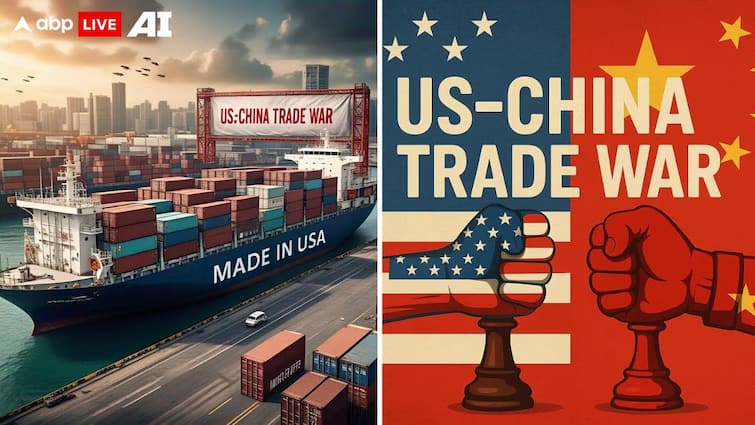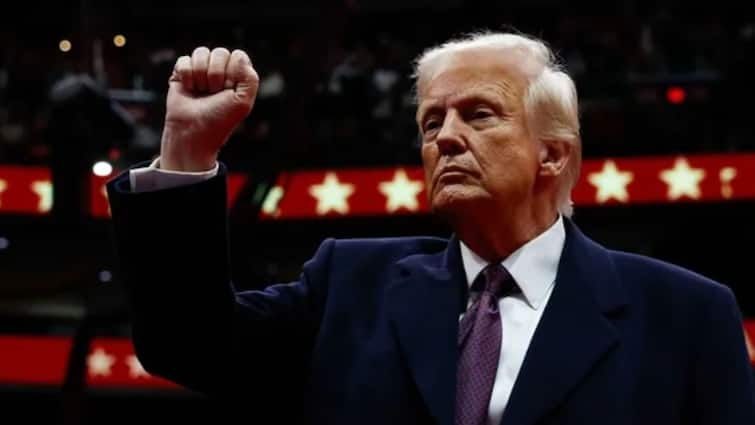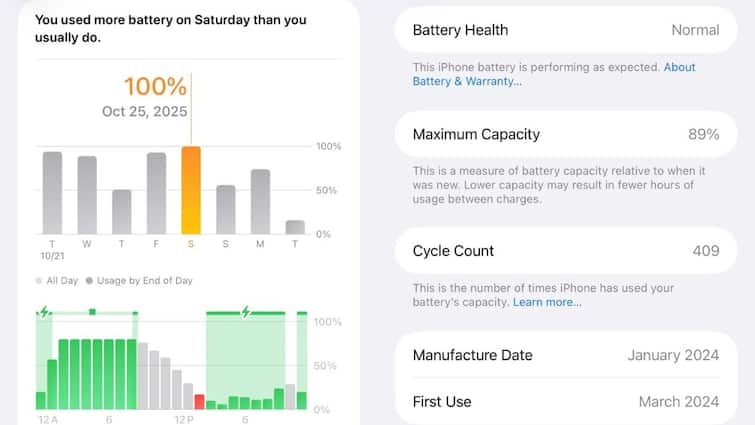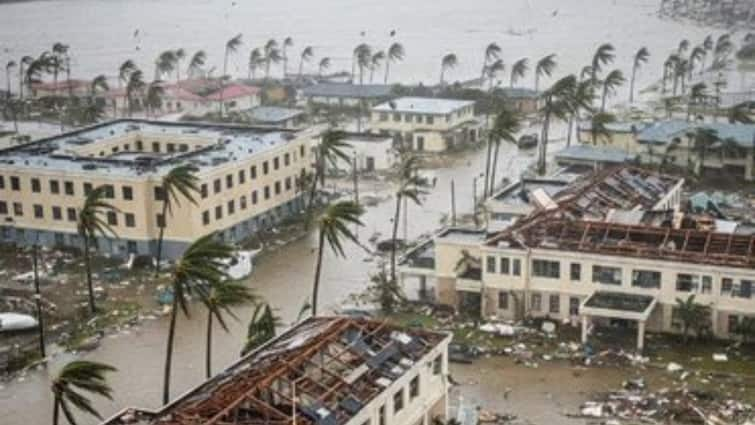Show Quick Read Key points generated by AI, verified by newsroom US President Donald Trump lowered tariffs on China from 57 per cent to 47 per cent, easing some of the tensions between the two largest economies in the world. The development came after the American leader met with Chinese President Xi Jinping in Busan, South Korea. The decision, made during their first meeting since 2019, marks a tentative step towards an improvement in relations between the two superpowers. Trump called it an “amazing meeting,” crediting it with securing several key commitments from Beijing, including the resumption of US soybean purchases, continued exports of rare earth elements, and a crackdown on illicit fentanyl trade. But beyond the photo ops and handshakes, the announcement has left investors, manufacturers and policymakers worldwide asking one big question:where do US-China tariffs stand now, and what does it mean for global trade? A Fragile Truce in the Tariff War The US-China trade war, which has defined much of the past decade’s economic turbulence, appears to have reached a temporary pause.
Trump’s move to scale tariffs back to 47 per cent signals an easing of hostilities, but not a full reconciliation. Global markets reacted nervously to the announcement: Asian indexes and European futures fluctuated, and the Shanghai Composite slipped from a ten-year high. Even US soybean futures weakened despite China’s commitment to resume purchases, reported Reuters. At the core of this truce is a one-year agreement allowing China to continue exporting rare earth minerals to the rest of the world. While Trump said the deal could be extended, Beijing has yet to release official details.
The US Trade Representative, Jamieson Greer, confirmed that China would not go ahead with its proposed rare earth export restrictions, though he declined to clarify whether existing controls would also be lifted. Why Rare Earths Matter So Much Rare earth elements (REEs), a group of 17 critical minerals, have quietly become one of China’s most powerful economic levers. These minerals are essential for manufacturing advanced technologies, from electric vehicles and smartphones to jet engines and guided missiles. Beijing’s dominance in this space, controlling around 70 per cent of global production, has long given it strategic influence over the world’s supply chains. China’s export restrictions, first imposed in April and expanded in October, caused significant shortages worldwide.
Automakers, electronics firms and defence manufacturers scrambled to secure alternative suppliers as production delays rippled through the global economy. The new US-China understanding could stabilise those supply chains, at least temporarily, easing pressure on industries heavily reliant on these materials. What This Means for Global Trade Trump’s announcement has injected cautious optimism into global markets, but experts warn that the trade détente may prove short-lived. The deal leaves several questions unanswered, particularly whether existing tariffs will be further reduced, and how China’s commitments will be enforced. The easing of tariffs could restore some balance to global trade flows disrupted since 2018, when the two nations began imposing punitive duties on each other’s goods.
For manufacturers, it offers a brief respite from rising costs and supply bottlenecks. However, for policymakers, it underscores the ongoing fragility of the global trading order, one increasingly defined by strategic competition rather than open markets. The temporary resolution on rare earth exports may also have far-reaching implications beyond the US and China. Countries such as Japan, South Korea, and members of the European Union, all heavily dependent on these materials, stand to benefit from greater supply stability. Meanwhile, the move could spur renewed interest in developing alternative rare earth sources in countries like Australia and Canada.








